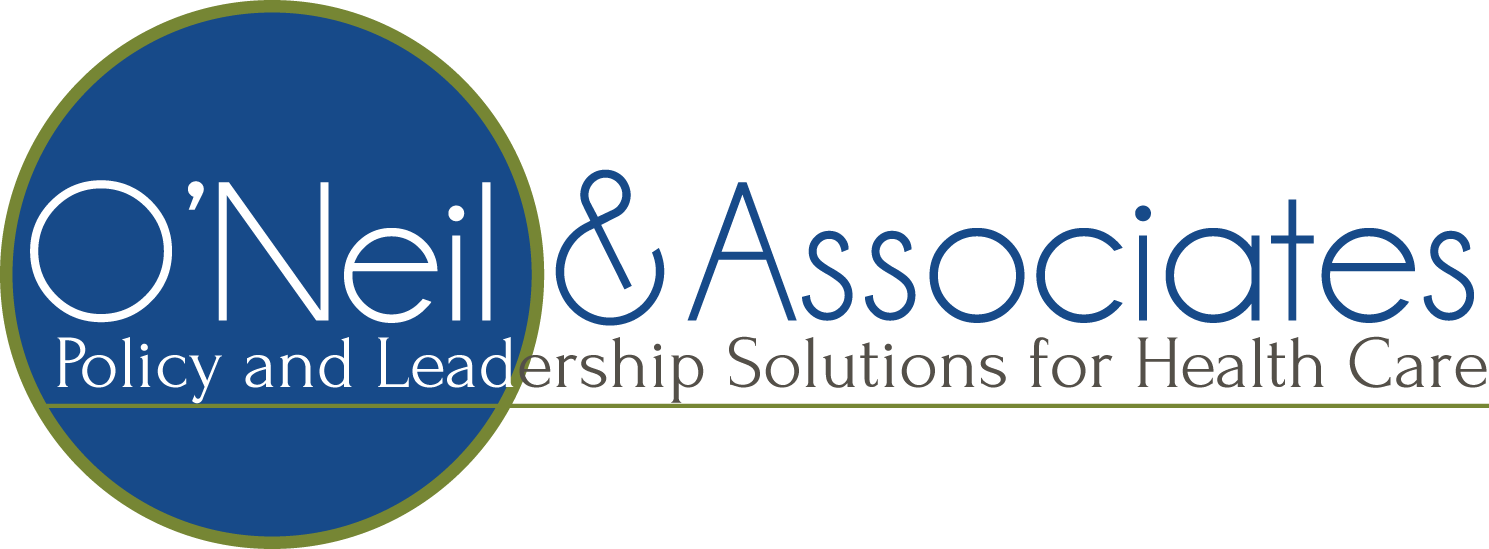Just when you thought it was safe to come out, "he's back" and we are running for cover. In case you haven't heard, California's Governor Schwarzenegger has proposed doing in over 88 regulatory agencies, including 18 that provide oversight for various health professional groups. The standard conventional wisdom is this will end life as we know it. But, for some that are offered protection by the regulations, nothing could be further from the truth. Before the health care establishment rejects this proposal out of hand it may be time to look at our current system of regulations to assess whether or not it serves the professions that created it; and, that in virtually every venue in America, dominate its workings. This is not to mention how this system serves the public interest.
To do this it is essential to ask who has been served, how well and at what costs. The regulatory structure that guides and shapes the practice of medicine, dentistry, nursing and over 200 other health professions was born in late-nineteenth century America. During that time, professions were attempting to bring the promise of modern science to the public, establish themselves as independent entities, and comport with the growing calls for accountability from the public in an age we still call Progressive. Out of this crucible, our modern system of state sanctioned regulation of the health professions evolved to include licensure of health professions and accreditation of health professional schools. To this end, in every state in the union these regulations define standards for entry to practice, limit the parameters of practice, create rules for practice, monitor abuse, and punish offenders.
Has this system of regulation led to the creation of an effective system of care? The answer is a familiar, depressing and daunting litany. The U.S. health care system is the most expensive in the world. Where we spend 15 percent of our GDP, no other country that we would benchmark against spends more than 10 percent, and many get by with seven or eight percent. Our costs also continue to rise at a rate faster than comparable nations. This cost is about $6,000 for every man, woman and child, but unlike all of those other countries, we also deny 15 percent of our population health insurance coverage. In California that number approaches 25 percent. As to performance, we experience tens of thousands of avoidable deaths each year, because of an inadequate and ineffective approach to patient safety and quality.
How the health professions are regulated has not created every dimension of each of these problems. But it seems increasingly obvious that many of the rules that at one time were promulgated to protect the public have atrophied into bureaucratic hurdles that are out of sync with current realities and demands. They persist because they have become the captured monopoly of power by the professions. They serve to insulate professional education, work, organization and compliance from the fresh air of an informed public and a knowledgeable consumer.
This call for change, however, comes with a caveat. Merely tearing down the regulatory system we have and replacing it with functions carried out in the backwater of some over-extended public agency will, in the long run, endanger the public's health. A unified health professional regulatory function must address four critical areas to build a system of health that is responsive, safe and affordable.
The first task is the creation of a process that supports a scientific and impartial determination of the scope of practice for each profession. The first criterion must be an assessment of patient safety. This determination must be drawn from an evidence base and be consistently in the public's interest addressing issues of access, safety and cost of care.
The second key regulatory function must be a system of discipline that works effectively to remove practitioners who endanger the health of the public. Again, consistent, evidence-based standards must be established and systematically enforced. Such a system could also make it easier for conscientious professionals to practice without fear of unwarranted reprisals.
Assurance of the continuing competence of all health professionals is the third core activity. This must be based on regular assessments of patient care-centered competency, coupled with non-punitive, corrective educational programs.
Finally, the effort must make more and better quality information available to individual practitioners. This information cannot afford to reside with state agencies or insurance companies, but must be shared with the broad consuming public. Again, this needs to be done in a manner that improves practice and protects quality practitioners.
This is not a time to flinch in the face of challenge, but a time to embrace an opportunity to recast and reshape a system that has lived beyond its market reality.
